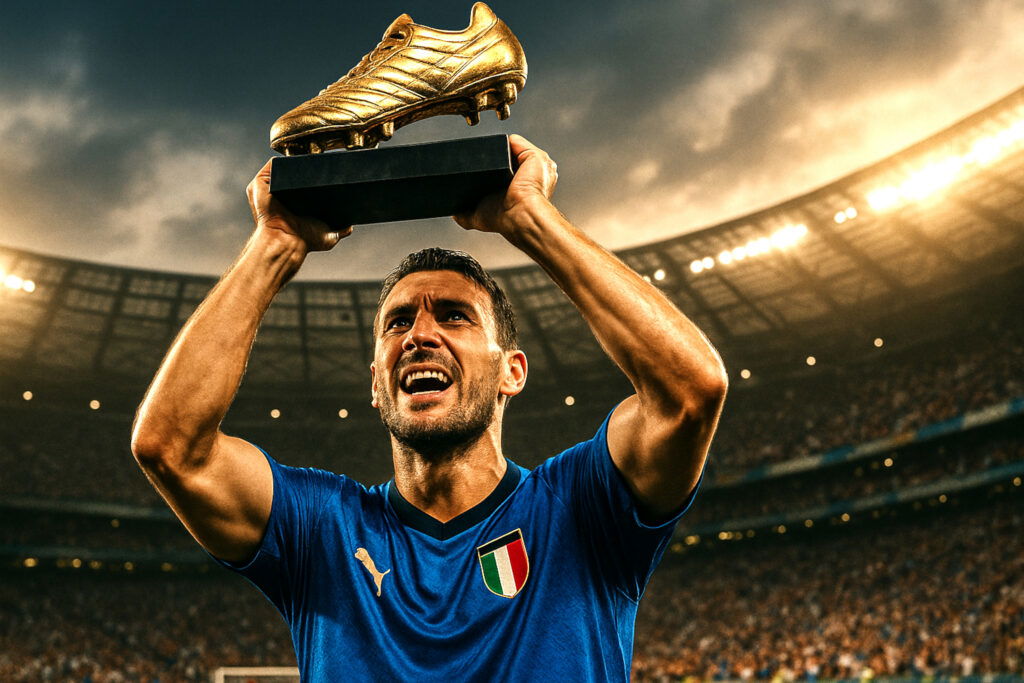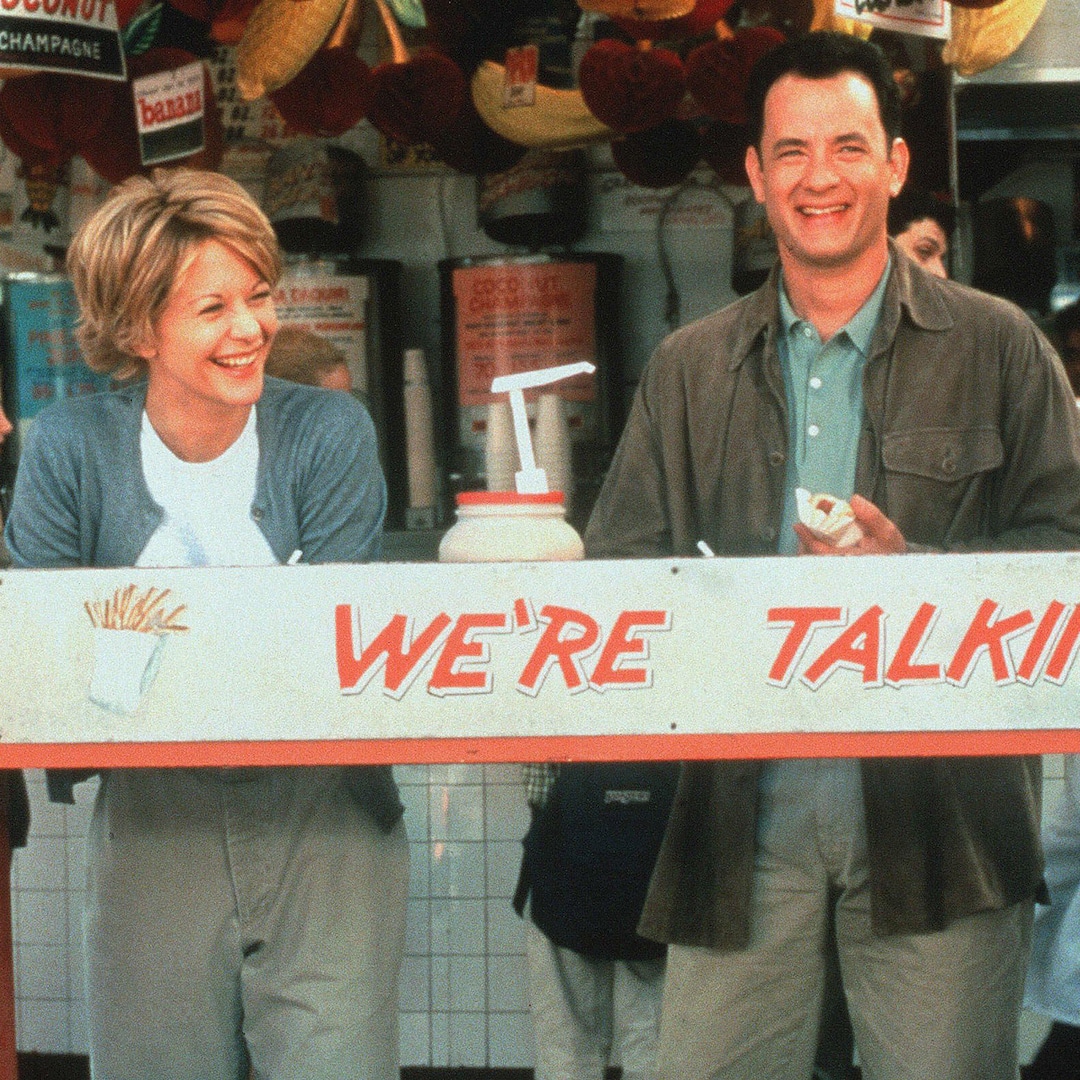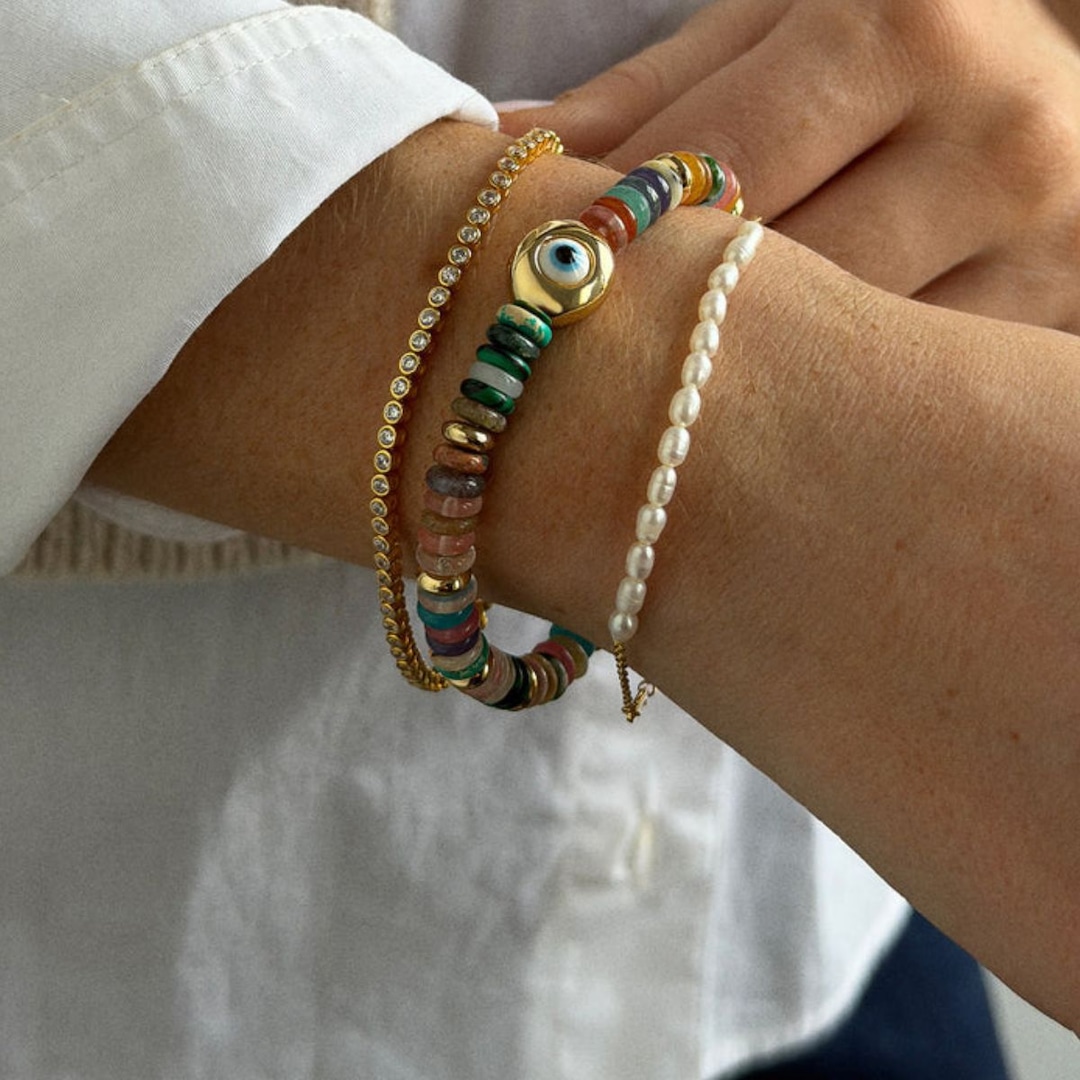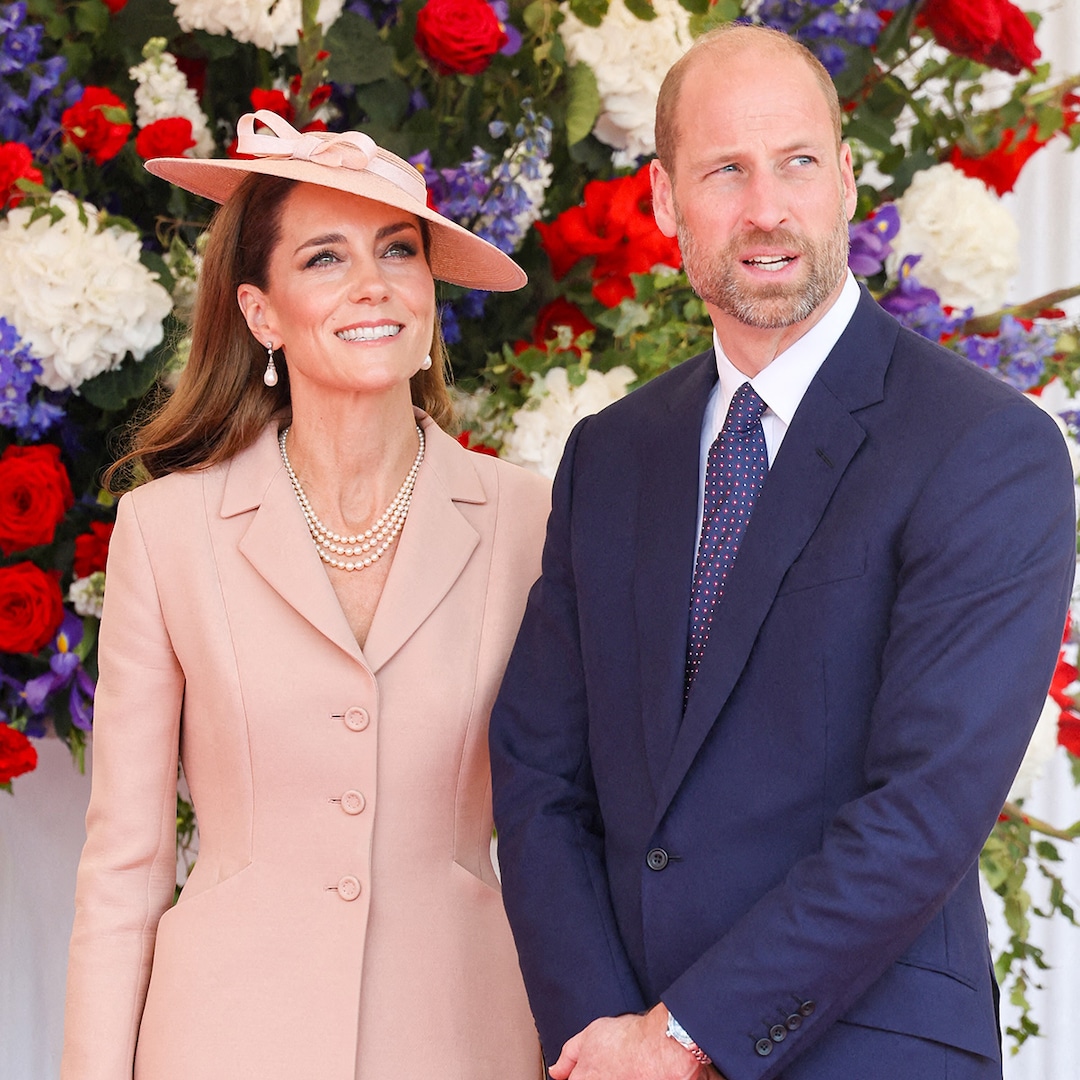Kings of the Boot, How Serie A’s Sharpshooters Shaped Italian Football

Italian football loves its defenders, but it lives for its strikers. Serie A has produced some of the sharpest finishers in world football, from elegant old-school forwards to relentless modern poachers. Tracking Golden Boot winners over the decades gives you a pretty neat way to read the league’s evolution, because every era has its own flavour of goals, chaos and tactical stubbornness.
Early Years, When Forwards Ruled the Republic
In the 1930s and 1940s, the league was a playground for prolific centre-forwards. Players like Giuseppe Meazza and Silvio Piola treated Italian defences with a level of disrespect that would probably earn modern strikers a three-match ban.
Meazza’s best scoring season came in 1929 to 1930 with 31 goals for Inter. Piola, meanwhile, became the model Italian No. 9, combining power with an insistence on shooting from just about anywhere that annoyed opponents long before analytics proved him right.
The Post-war Boom, Goals from Every Angle
The post-war years brought a more organised league and, with it, a fascinating mix of foreign influence and homegrown brilliance. Gunnar Nordahl, Milan’s Swedish powerhouse, dominated the 1950s and remains one of the most efficient scorers the league has ever seen.
Nordahl’s impact
-
Goals in Serie A, 225
-
Golden Boots, 5
-
Goals per match, 0.77
-
Closest rivals, István Nyers and Giampiero Boniperti
Nordahl’s head to head numbers are ridiculous when lined up against his contemporaries. He outscored Nyers by almost 70 goals in the same period, and his consistency set a bar Serie A forwards have been trying to reach ever since.
The 1970s and 1980s, When Defenders Took It Personally
Italian football tightened up during these decades, with catenaccio acting like a wet blanket thrown over any striker brave enough to try something entertaining. Golden Boot totals dropped and clinical forwards became prized commodities.
The standout was Paolo Rossi, who balanced sharp movement and ice-cold finishing like someone who knew every defender’s weak spot. His 1977 to 1978 season with Vicenza produced 24 goals, almost rude given the defensive climate.
Michel Platini’s mid-1980s three-peat added some swagger. He was not a traditional striker, but with 20, 18 and 18 goals in consecutive seasons he shaped a Juventus side that squeezed every creative spark out of him.
The 1990s, Pure Chaos and Pure Class
Once restrictions eased on foreign players, Serie A turned into a superstar magnet. The Golden Boot race became a battle among elite forwards who would each walk into a modern superteam.
Notable winners from the decade
-
Marco van Basten
-
Roberto Baggio
-
Giuseppe Signori
-
Gabriel Batistuta
-
Andriy Shevchenko
The most frightening of the lot was Batistuta. His 1994 to 1995 season delivered 26 goals for Fiorentina, most of them blasted at a velocity usually reserved for rocket testing. Signori ran him close with his own blend of pace and precision, but Batigol’s head to head edge came from his knack for scoring in matches that actually mattered.
The Modern Era, From Tactical Chess to Goal Gluttony
The 2000s shifted the focus to more structured football and the Golden Boot winners reflected it. Francesco Totti’s 26-goal haul in 2006 to 2007 for Roma came from pure invention and a willingness to bend a match around his own imagination.
Later came the unstoppable wave of foreign No. 9s. Zlatan Ibrahimovi?, Diego Milito, Edinson Cavani and Gonzalo Higuaín all stamped their mark. Higuaín’s 36-goal season in 2015 to 2016 remains the benchmark, and it took him some frankly impolite finishing to tie a record from 1929.
Then Cristiano Ronaldo arrived and disrupted everyone’s numbers before leaving again, which in fairness is very on brand.
Ciro Immobile restored the local pride with 36 goals in 2019 to 2020. His movement remains one of the slickest things in Italian football, even if Lazio fans would prefer he stop doing it only in even-numbered seasons.
Head to Head, The Most Dominant Golden Boot Seasons
This simple comparison shows how the best seasons stack up.
Top Scoring Seasons in Serie A History
-
Higuaín 2015 to 2016, 36 goals
-
Immobile 2019 to 2020, 36 goals
-
Nordahl 1949 to 1950, 35 goals
-
Meazza 1929 to 1930, 31 goals
-
Angelillo 1958 to 1959, 33 goals
Margin over second place in each season
-
Higuaín: +17
-
Immobile: +14
-
Nordahl: +12
-
Meazza: +8
-
Angelillo: +12
Those margins paint the real picture. It is not just total goals that matter, but how far a striker pulls away from the pack. When someone wins the Golden Boot by double digits, the league usually sighs in resignation.
Highlights That Define the Golden Boot Story
Certain moments have become part of Serie A folklore.
-
Nordahl’s five-goal demolition of Palermo in 1950
-
Batistuta scoring in the first eleven matches of 1994 to 1995
-
Totti gliding through Inter to finish his chipped masterpiece
-
Higuaín’s overhead kick on the final day to break the long-standing record
-
Immobile’s stoppage-time tap-in against Brescia that levelled the all-time tally
These moments are not just goals. They are snapshots of players who lifted their clubs, terrified their opponents and gave the league seasons that supporters still talk about with the kind of detail usually reserved for family stories.
TIF Takeaway
It remains one of the cleanest reflections of Italian football’s shifting identity. Some eras favoured towering poachers, others rewarded creators cutting inside from awkward angles. The winners tell you who shaped the game at any given time and which teams had built their system around a finisher who could change everything.
Serie A evolves slowly, but its greatest scorers leave indentations in the league table. The Golden Boot is how we keep track of them.
















































